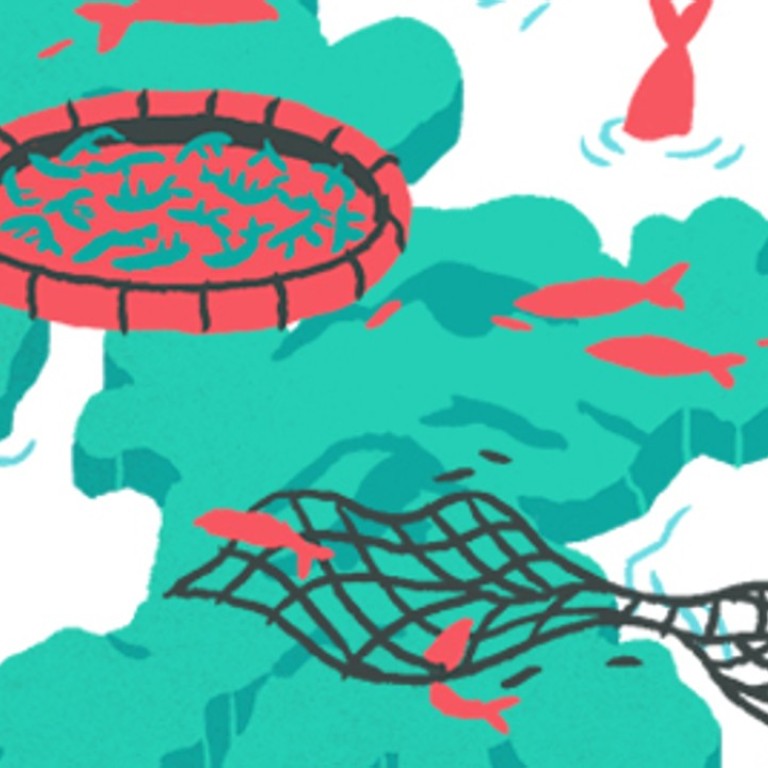
Hong Kong smells: what are the distinctive scents in each of city’s 18 districts?
From fish balls to exhaust fumes, Hong Kong is a varied assault on the olfactory organs. We sniff out the story behind the fragrance in each of the city’s 18 districts
Hong Kong has a variety of scents wafting through its streets, from the fish balls and beef brisket of street stalls to the exhaust gases from vehicles. These smells often bind together to become unique odours that can trigger memories of a particular location. Our reporters have identified the signature signs of the city’s 18 districts, based on their characteristics and events that take place there.
HONG KONG ISLAND
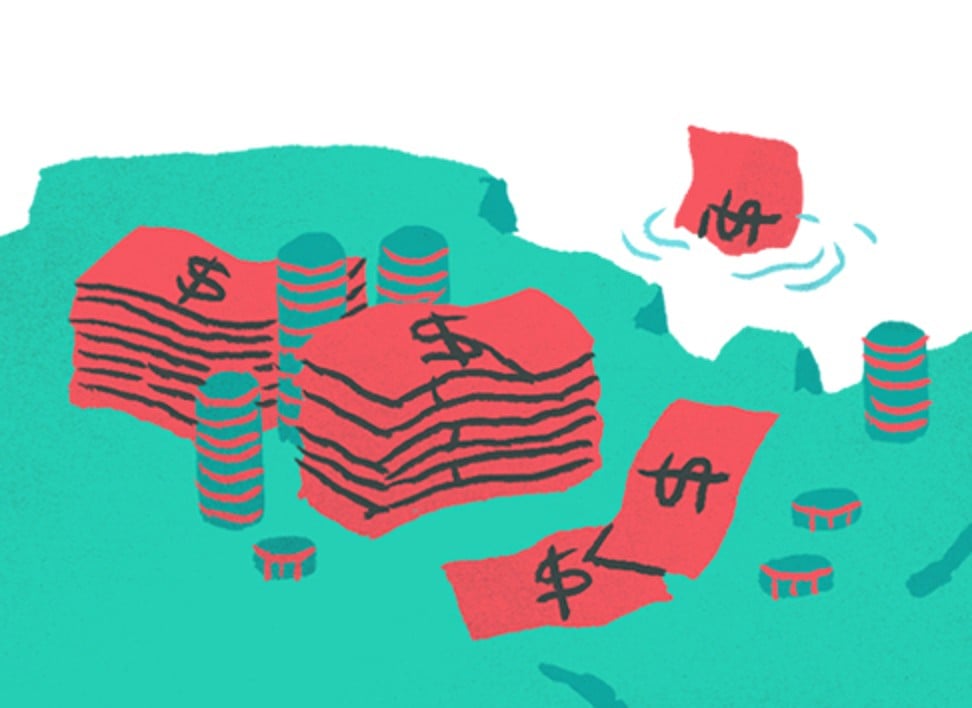
Central and Western
Smell: Money
Characteristics/notable events: The district has a residential population of about 250,000 in which over 90 per cent live in privately owned buildings, from luxury homes on The Peak to old tenements in Sheung Wan and Sai Wan. Central is Hong Kong’s core business district where many multinational financial services corporations have their headquarters.

Wan Chai
Smell: Alcohol (and sometimes foul smells from the gutters in the early morning)
Characteristics/notable events: From fancy rooftop hang-outs to hipster bars, the district is known for its collection of pubs and clubs. The area towards the western end of Lockhart Road, including a small part of the parallel Jaffe Road, is one of Hong Kong Island’s two main bar districts.

Southern
Smell: Sun, sea and sand
Characteristics/notable events: Facing the Pacific Ocean, Southern district features Big Wave Bay to the east and Pok Fu Lam to the west. It is best known for its twelve public beaches including Deep Water Bay Beach, Repulse Bay Beach and Stanley Main Beach.

Eastern
Smell: Fish
Characteristics/notable events: Shau Kei Wan’s typhoon shelter housed many local fishermen beginning in the early 18th century. Shau Kei Wan Wholesale Fish Market on Tam Kung Temple Road is one of seven wholesale fish markets run by the city’s Fish Marketing Organisation.
KOWLOON
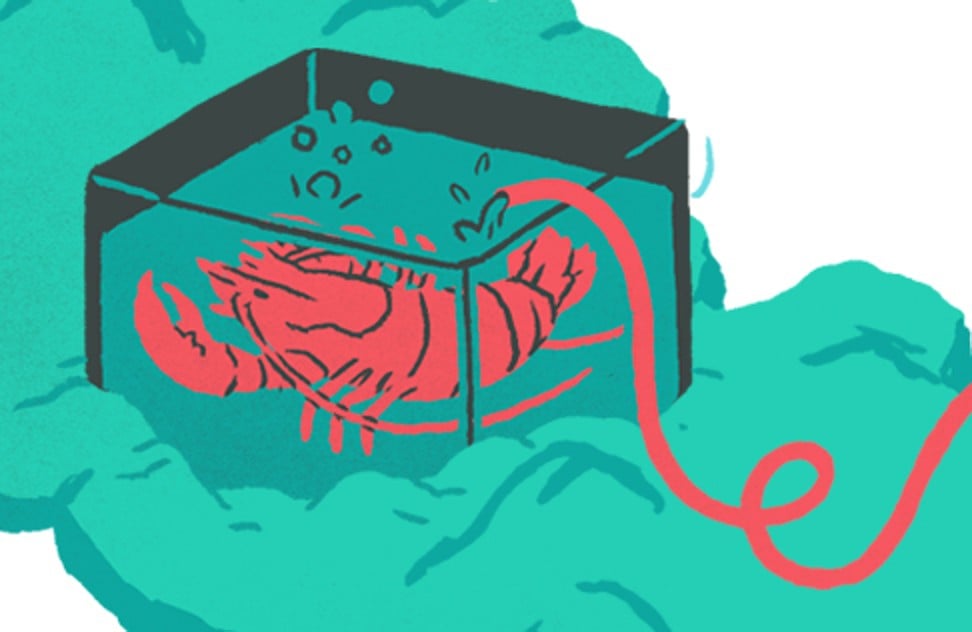
Kwun Tong
Smell: Seafood – dried and live – and often housed in a tank
Characteristics/notable events: Fishing village Lei Yue Mun in Kwun Tong district is known for fresh seafood. The village’s history has been dominated by fishing, farming and mining.

Sham Shui Po
Smell: Overheated computers
Characteristics/Notable events: Sham Shui Po District is a distribution centre for computers and electronic goods. The Apliu Street Flea Market is a popular jumble of new and second-hand computers and cheap electronics devices. The Golden Computer Centre is one of the major malls selling computers, laptops and other computer-related equipments.
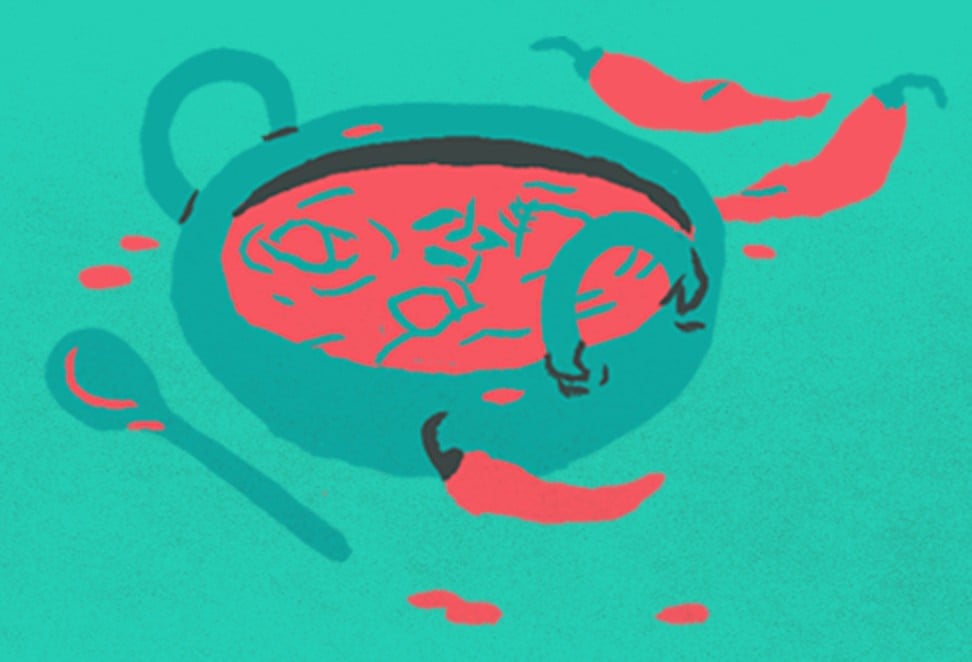
Yau Tsim Mong
Smell: Spicy food
Characteristics/notable events: Yau Tsim Mong is a dining and tourist centre best known for Chungking Mansions, a high-rise on Nathan Road where cuisines from around the world can be found, most notably spicy South Asian dishes such as curry. Temple Street in Jordan is the place to be for dai pai dong, at which spicy crab is a highlight.

Wong Tai Sin
Smell: Joss sticks and incense burning in Chinese temples
Characteristics/notable events: Wong Tai Sin Temple is one of the most visited temples in Hong Kong. On the first 15 days of the Lunar New Year it is crowded with worshippers who come to give thanks and pray for blessings in the coming year.
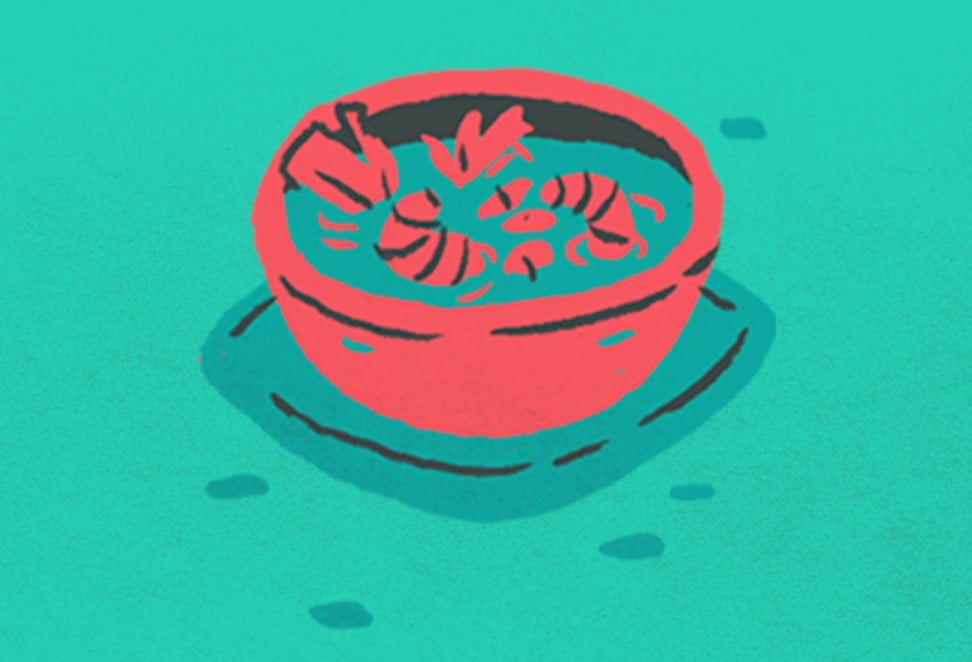
Kowloon City
Smell: Thai food
Characteristics/notable events: Kowloon City is known as “Little Thailand” in Hong Kong, with its numerous Thai restaurants on Nga Tsin Wai Road. Many Thai grocery stores can be found there.
NEW TERRITORIES
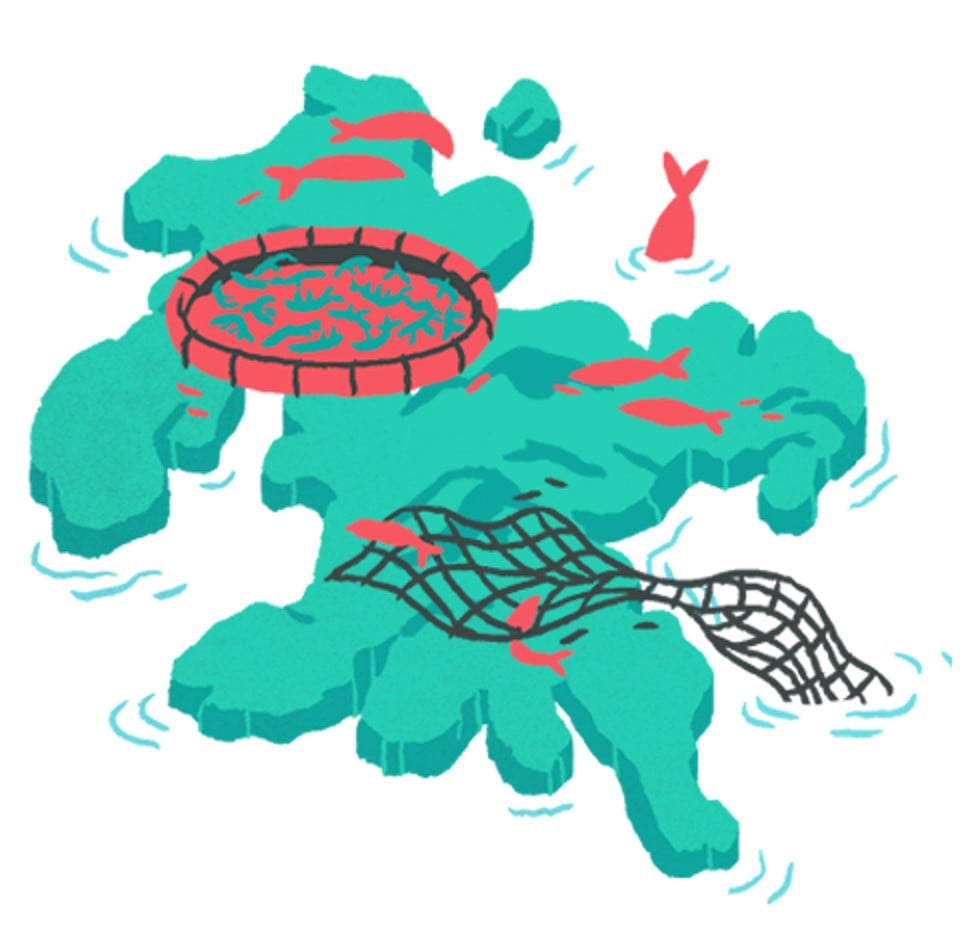
Islands
Smell: The sea
Characteristics/notable events: Fish farming is still a major economic activity on Hong Kong’s islands. There are plenty of restaurants offering a variety of seafood dishes in Mui Wo, Lamma, Cheung Chau and Peng Chau.

Tsuen Wan
Smell: Sewage
Characteristics/notable events: Residents have been complaining about the smell on the Tsuen Wan waterfront, which they say is particulary pungent at low tide. The problem is mainly due to sewage pipes being illegally connected to stormwater drains, channelling waste into the harbour.
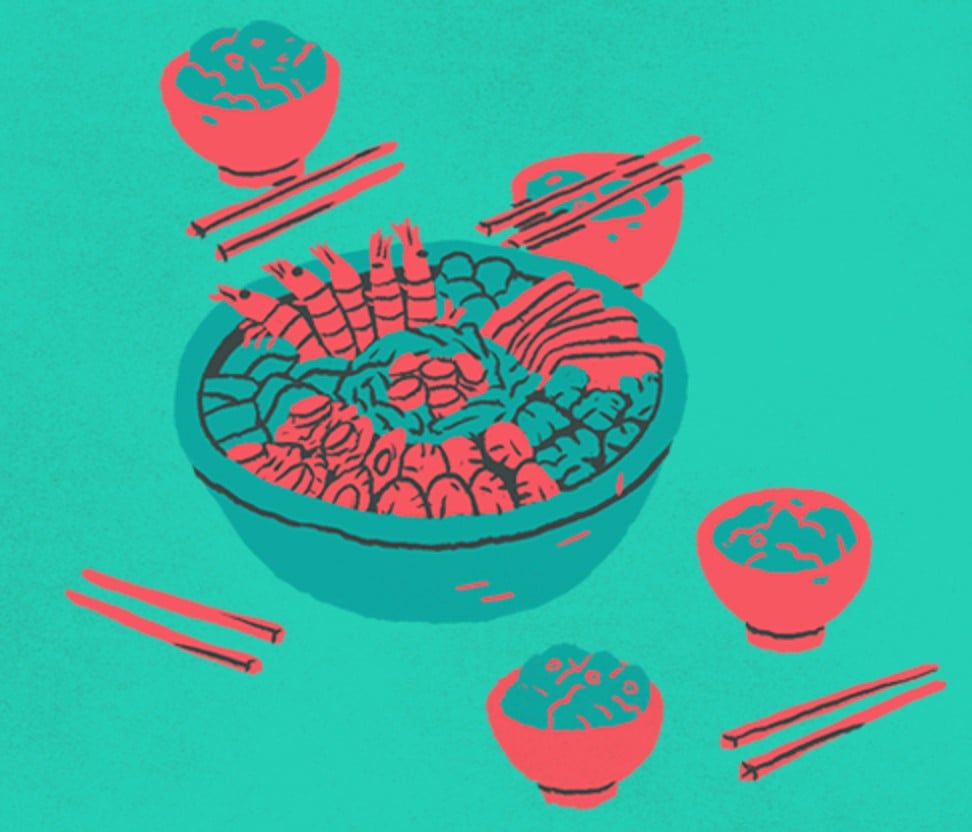
Yuen Long
Smell: Pork, abalone, dried mushroom, and other ingredients in a basin meal
Characteristics/notable events: Residents still follow many traditional Chinese rituals in this northwestern corner of Hong Kong, including enjoying basin meals, known as “poon choi” in Cantonese, which means “big bowl feast”. It is served whenever there are celebrations for weddings, festivals, ancestor worship or other local events.
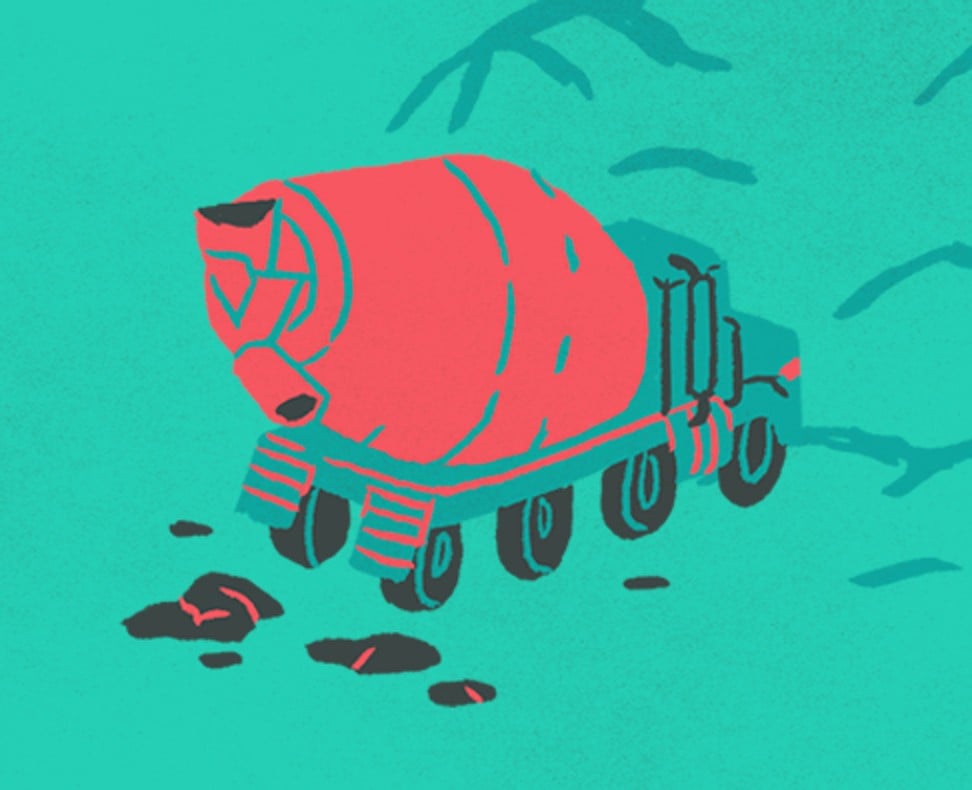
North
Smell: Sawdust, cement and sweat
Characteristics/notable events: A number of development projects are under way in the district. The North East New Territories New Development Areas will house a population of 130,000, while plans for a higher education and high-tech development area at the Lok Ma Chau Loop are in the pipeline.

Sha Tin
Smell: Exhaust gases from road transport
Characteristics/notable events: Sha Tin has the longest tunnel in Hong Kong – the Tate’s Cairn Tunnel – with a total length of about 4km. The Lion Rock Tunnel, completed in 1967, was the city’s first.

Sai Kung
Smell: Greenery
Characteristics/notable events: Sai Kung is known as the “back garden of Hong Kong”. Most of its land, except the village areas, is covered by two country parks – Sai Kung East Country Park and Sai Kung West Country Park – spanning a total area of about 7,500 hectares. The Clear Water Bay Peninsula is another spectacular scenic spot.

Kwai Tsing
Smell: Ships
Characteristics/notable events: The Kwai Tsing container terminals are the city’s major container logistics centre. The terminals handle cargo from Hong Kong, the Pearl River Delta and around the world.
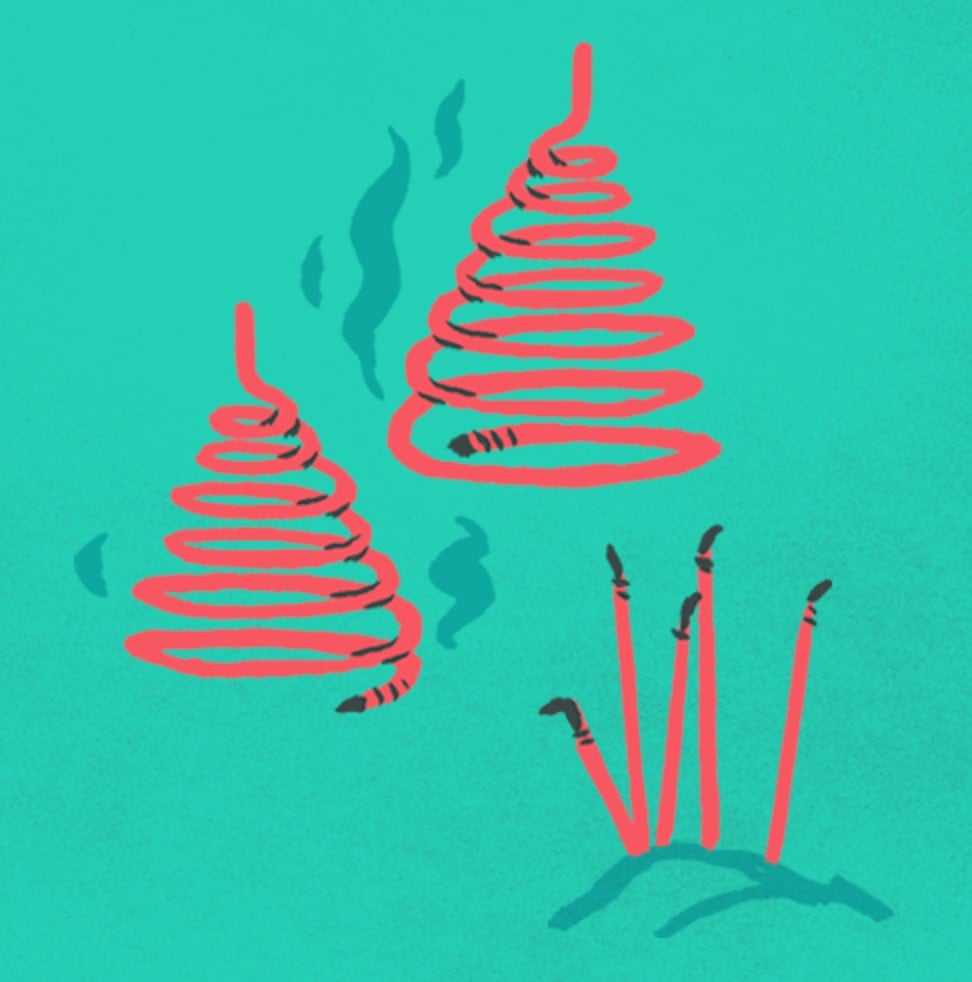
Tai Po
Smell: Joss sticks and incense
Characteristics/notable events: Once a small village, Tai Po is now a blend of rural tranquillity and urban vibrancy. Man Mo Temple and the Lam Tsuen Wishing Trees are among the favourite attractions for tourists.

Tuen Mun
Smell: Trash
Characteristics/notable events: Hong Kong’s first self-sustained sludge treatment facility was launched in May last year in the district. It combines a variety of advanced technologies into a single complex, bringing together sludge incinerators with a treatment capacity of up to 2,000 tonnes of sludge per day.

